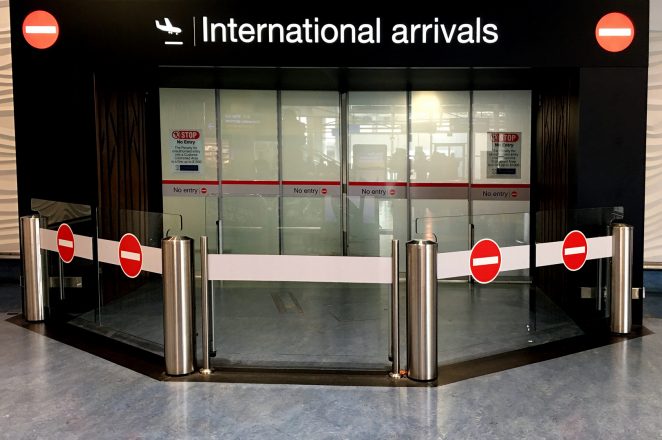新西兰政府周四批准为 1,000 名学位及以上的国际高等学生开办例外课程,他们开始在新西兰学习,但在边境限制开始时被捕到海外。
例外情况将允许学生从 2021 年 4 月起分阶段返回新西兰。
教育部长克里斯·希普金斯在一份声明中说:“我们的首要任务仍然是新西兰所有人的健康、安全和福祉。”
“谨慎管理我们的边界的必要性现在与过去九个月的任何时候一样至关重要。希普金斯说,我们将继续了解更多关于该病毒的信息,并根据风险,通过更强有力、更量身定制的边境保护进行相应调整。
他说,返回的学生将支持新西兰的经济复苏。
“这个边境例外是国际教育复苏计划的一部分内容。这强调了政府对国际教育部门的承诺,这对该国从 COVID-19 实现长期经济复苏至关重要,” 部长说。
他说,学生们将分阶段返回新西兰,首先将有 300 名从 4 月起能够返回,其余学生将在管理隔离可用性允许的情况下全年返回。
他补充说:“这些学生的回归不会影响新西兰人返回家园的能力,它与技术工人进入该国的要求是平衡的。”
希普金斯说,他们将受到与所有其他抵达者相同的边境规则和检疫制度的制约,并根据他们的来源而定,任何额外的限制。
统计数字显示,这个由 1000 名学位水平的国际学生组成的年度经济价值估计约为 4900 万新西兰元,在更广泛的经济贡献中约为 4900 万新西兰元,其中包括大约 2700 万新西兰元的学费。



























































